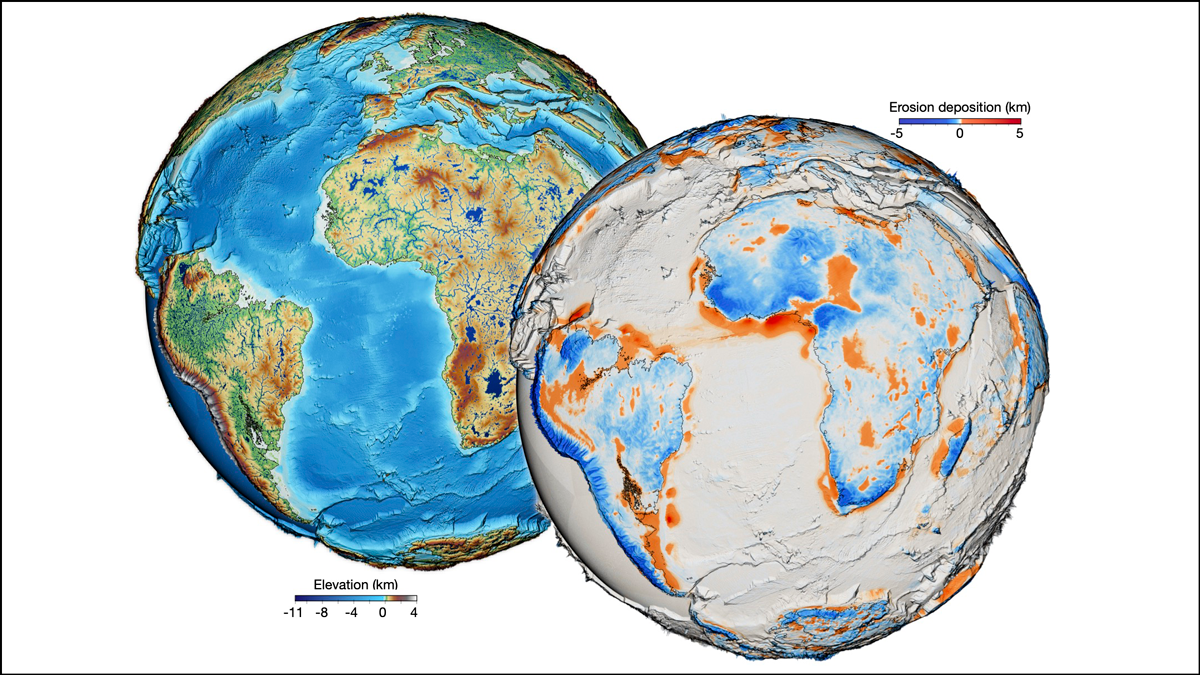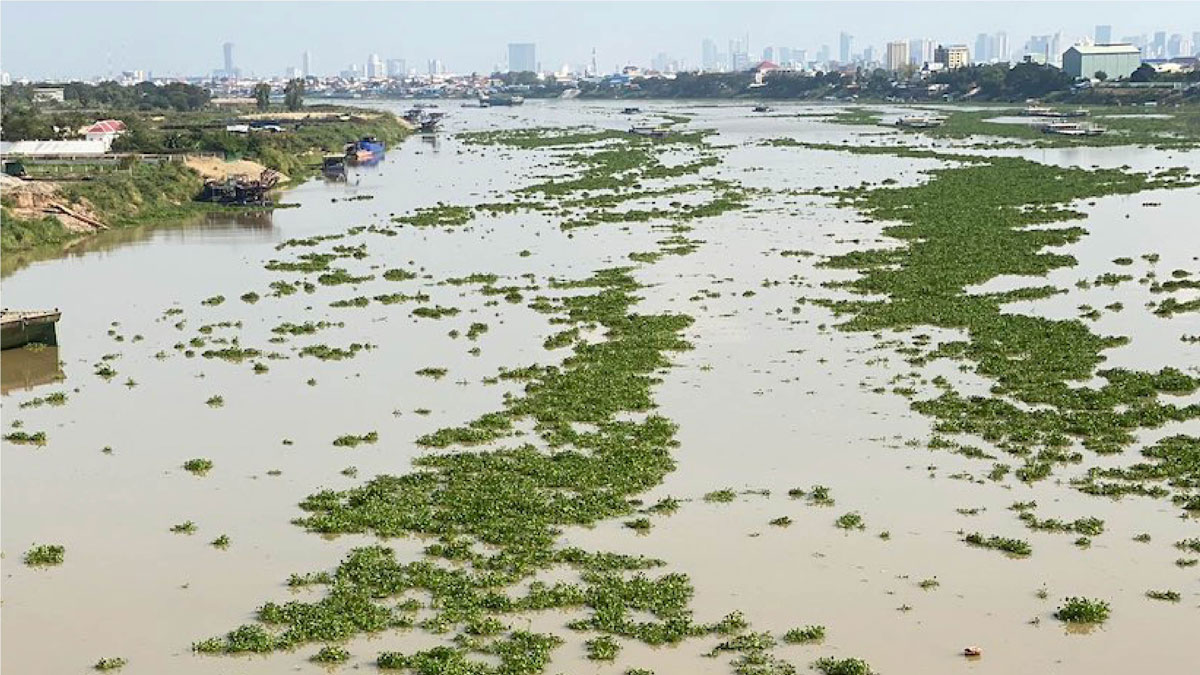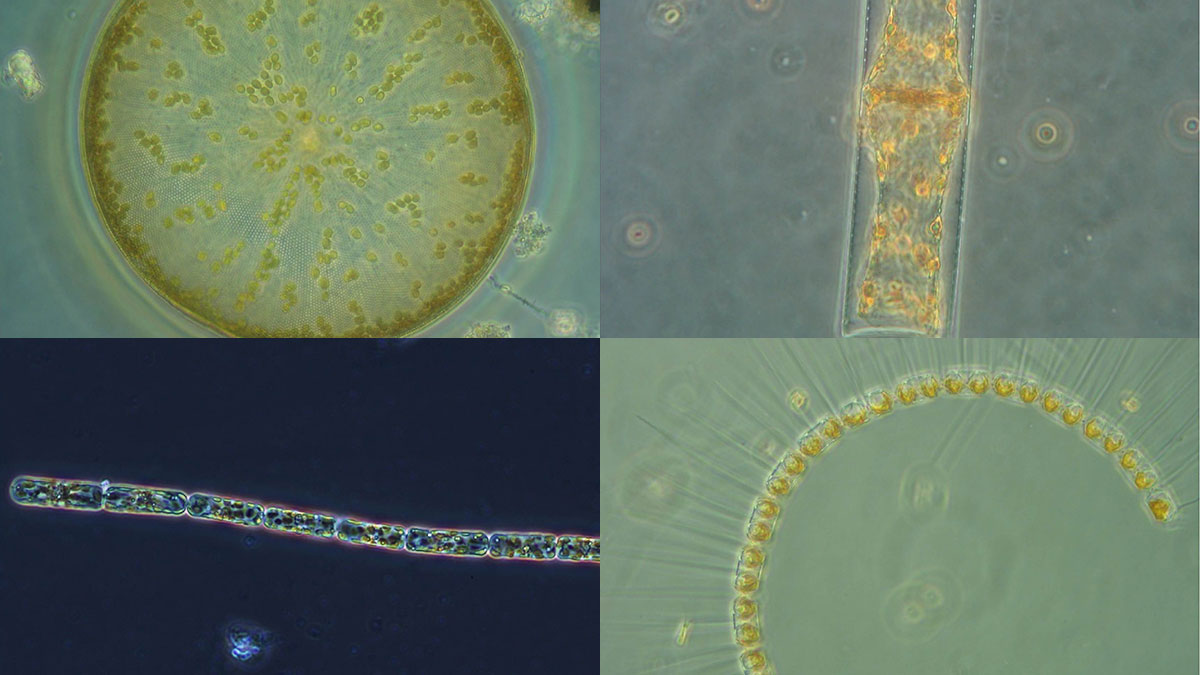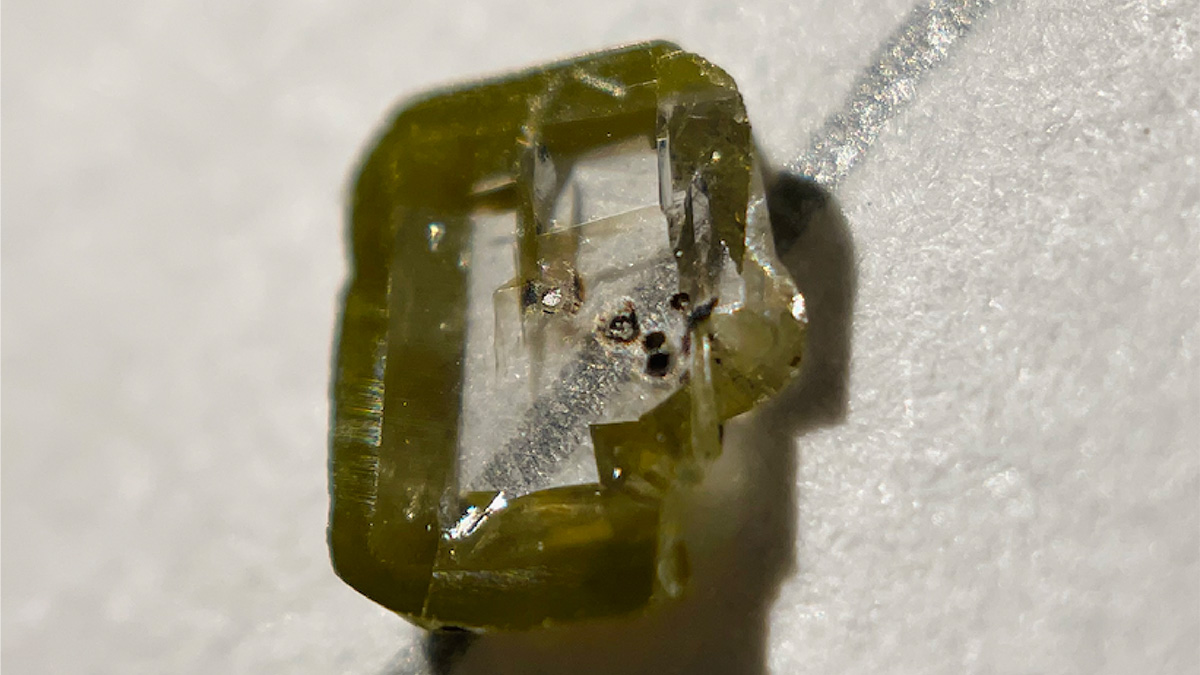For the first time, scientists have forged a nearly all-encompassing model of Earth’s surface evolution over the past 100 million years.
Clarissa Wright
Decoding the Secrets of Shifting Sediments
In the small-scale details of grain shape, researchers have found a new way to understand how sediment flows in a river, a process shaping Earth’s landscapes.
Unraveling the Mystery of a Rare Mineral on Mars
The discovery of tridymite in Mars’s Gale Crater triggered debate about the rare mineral’s origins. A research team recently suggested a scenario with explosive implications.
Remote Sensing Tracks Down “Plastic Plants” in Rivers
Researchers are using remote sensing to track floating mats of plastic trapped in water hyacinth plants.
Ocean Acidification May Drive Diatom Decline
Diatoms contribute to global oxygen production, marine food webs, and carbon sequestration, but scientists predict that diatom populations will decline due to ocean acidification associated with climate change.
Peat Uncovers a Uniquely Resilient Irish Community
Researchers reveal an abandoned settlement in Northern Ireland that showed unusual resilience during calamities including epidemics, famine, and climate change.
Drones Discover Hidden Weaknesses of Collapsing Volcanoes
Understanding buried, hidden zones of structural weaknesses within Indonesia’s Merapi volcano can help to substantially advance our ability to predict catastrophic dome failures.
Diamond Discovery Unearths Secrets of the Deep
A diamond inclusion has revealed a new mineral, davemaoite, as well as hints about the workings of our planet’s interior.








